As a cat owner, have you ever been confused about how to provide the best diet for your furry child? Cats' diet is directly related to their health, lifespan, and quality of life. This article will give you a detailed introduction on how to scientifically maintain a cat's diet, from nutritional needs to feeding techniques, to help you become a caring owner who understands cats' diet better.
一、 Understand the basic nutritional needs of cats
Cats are natural carnivores, and their nutritional needs are very different from those of humans and dogs. Understanding these basic needs is the first step in scientific feeding.
1. Protein: The core of a cat's diet
Adult cats need about 5-6 grams of high-quality protein per kilogram of body weight per day
Kittens, pregnant cats and lactating cats have higher needs
Animal protein (chicken, fish, beef, etc.) is more suitable for cats than plant protein
2. Fat: A source of energy and essential fatty acids
Provides energy and essential fatty acids (such as linoleic acid and arachidonic acid)
Helps absorb fat-soluble vitamins (A, D, E, K)
A moderate amount of fat can make food more delicious, but excessive amounts can cause obesity
3. Carbohydrates: Non-essential but can be provided in moderation
Cats have a low demand for carbohydrates
Too much carbohydrates may cause obesity and diabetes
The carbohydrate content in high-quality cat food should be less than 20%
二、 Choose the right type of cat food
There are many types of cat food on the market, and understanding the pros and cons of each type will help you make a wise choice.
1. Dry food (cat food)
Advantages:
Easy to store and feed
Helps to clean teeth
Relatively economical
Notes:
Choose high-quality brands with high protein content (more than 30%) and low carbohydrates
Make sure your cat gets enough water
Pay attention to shelf life and storage conditions
2. Wet food (canned/bagged)
Advantages:
High water content (about 70-80%), helps to replenish water
Usually higher protein content
Closer to the natural diet of cats
Notes:
Need to be refrigerated after opening and consumed within 2-3 days
The price is usually higher than dry food
May be not good for dental health (need to be combined with brushing or dry food)
3. Raw meat diet (Raw Diet)
Advantages:
Closest to the natural diet of cats
May improve fur quality and reduce fecal odor
No additives and processing
Notes:
Must strictly follow the nutritional balance formula
There is a risk of bacterial contamination (such as salmonella)
The preparation process is time-consuming
Need to consult a veterinarian to ensure nutritional balance
4. Homemade cooked food
Advantages:
Can control the quality and source of ingredients
Avoid additives in processed foods
Notes:
Must ensure nutritional balance (consult a veterinary nutritionist)
The preparation process is more complicated
Necessary vitamin and mineral supplements need to be added
三、 Scientific feeding methods and time arrangements
The correct feeding method can help cats maintain a healthy weight and good digestion.
1. Feeding amount control
Refer to the recommended amount on the package and adjust according to the cat's age, activity level and weight
Adult cats generally need about 60-70 kcal/kg body weight per day
Old cats and indoor cats have lower needs, while active cats have higher needs
2. Feeding frequency recommendations
Kittens (under 6 months): 4-6 times a day
Adult cats: 2-4 times a day
Old cats: small meals, 3-4 times a day
3. Free feeding vs. regular and quantitative feeding
Free feeding: suitable for cats that are not easy to gain weight, ensuring that the food is fresh
Regular and quantitative feeding: more suitable for weight control and establishing a regular schedule
4. Tips for matching wet and dry food
Wet food can be fed in the morning and evening, and an appropriate amount of dry food can be provided during the day
Or wet food 1-2 times a day as the main meal, and dry food as a supplement
Ensure that the total calories do not exceed the standard
四、 Dietary adjustments for special situations
Cats at different life stages and health conditions require special dietary care
1. Kittens (0-12 months)
Need high-protein, high-calorie foods to support rapid growth
Choose a special kitten formula
Feed more frequently
2. Adult cats (1-7 years old)
Maintain balanced nutrition
Adjust calories according to activity level
Pay attention to weight management
3. Senior cats (7 years old and older)
May need low-phosphorus, easily digestible protein
Consider joint support ingredients (such as glucosamine)
Increase water intake
Small meals
4. Pregnant and lactating cats
Increase calorie requirements (up to 2-3 times the usual)
High-protein, high-fat foods
Free feeding is appropriate
5. Special health conditions
Urinary problems: increase water intake, special prescription food
Kidney disease: low phosphorus, high-quality protein
Diabetes: low carbohydrates, high protein
Obesity: control calories, increase exercise
五、 Do's and Don'ts of Cat Diet
Must-dos:
✓ Provide fresh, clean water (change daily)
✓ Choose food that is appropriate for the cat's age and health status
✓ Weigh your cat regularly and adjust the amount of food you feed it
✓ Maintain a regular diet
✓ Pay attention to appetite and bowel movements
Things to avoid:
✗ Feeding human table food (especially toxic foods such as onions, garlic, chocolate, etc.)
✗ Keeping your cat on a single diet for a long time
✗ Sudden changes in food (should be gradual over 7-10 days)
✗ Exposing food to the air for too long (especially wet food)
✗ Ignoring dental health (dry food cannot completely replace brushing teeth)
六、 FAQ
Q1: Can cats be vegetarians?
Not recommended. Cats are obligate carnivores and need to obtain essential nutrients such as taurine and arachidonic acid from animal tissues. Pure vegetarian food cannot meet these needs.
Q2: How to judge the quality of cat food?
Check the ingredient list: high-quality protein (such as chicken and fish) should be listed first, and avoid products containing large amounts of grains, by-products, or vaguely labeled ("meat"). Choose a brand that meets AAFCO standards.
Q3: Do cats need to eat fish?
Fish is not necessary, but it is rich in Omega-3. Note: Feeding only fish for a long time may lead to nutritional imbalance. Some fish (such as tuna) contain high mercury and should be fed in moderation.
Q4: Can cats drink milk?
Most adult cats are lactose intolerant, which may cause diarrhea. If you need to feed milk, choose lactose-free or cat-specific milk.
Q5: How to help picky cats?
Try different textures (meat chunks/meat puree) and temperatures (slightly heated), establish a fixed feeding time, and avoid frequent changes in food that cause habitual picky eating.
七、Summary
Scientific maintenance of cats' diets requires understanding their nutritional needs, choosing the right type of food, establishing regular feeding habits, and adjusting according to special circumstances. Remember that each cat is a unique individual and may need a personalized diet plan. Taking your cat for regular checkups and discussing diet plans with your veterinarian are the keys to ensuring their long-term health. Through reasonable diet maintenance, you can provide your cat with the best quality of life and enjoy the good time you spend with them.
How do you manage your cat’s diet? Share your experiences and questions in the comments!

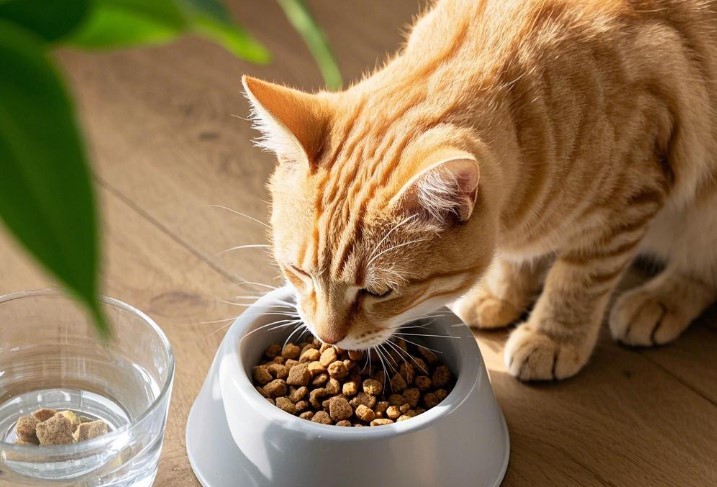


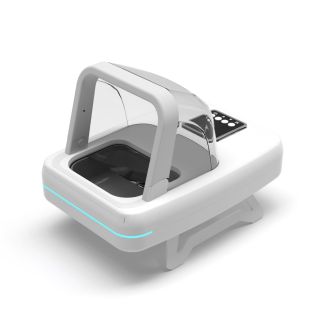
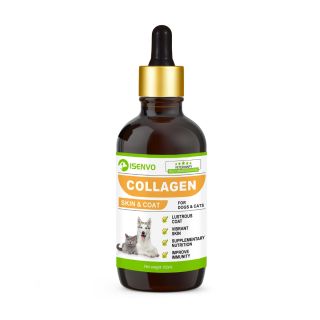
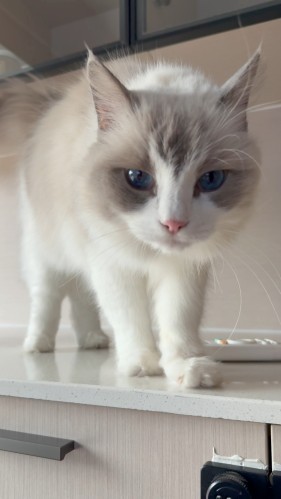
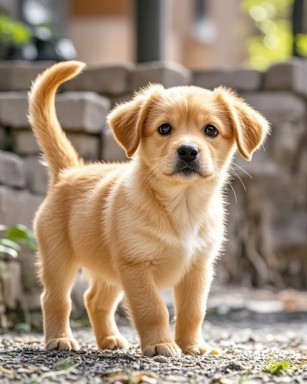

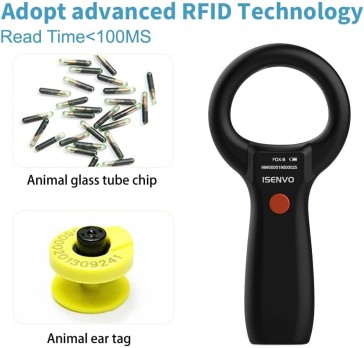
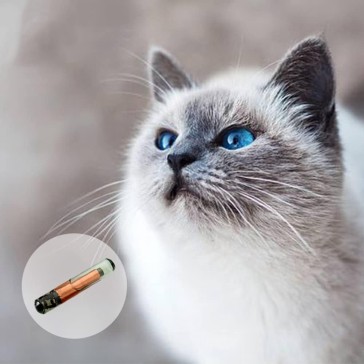
Validate your login